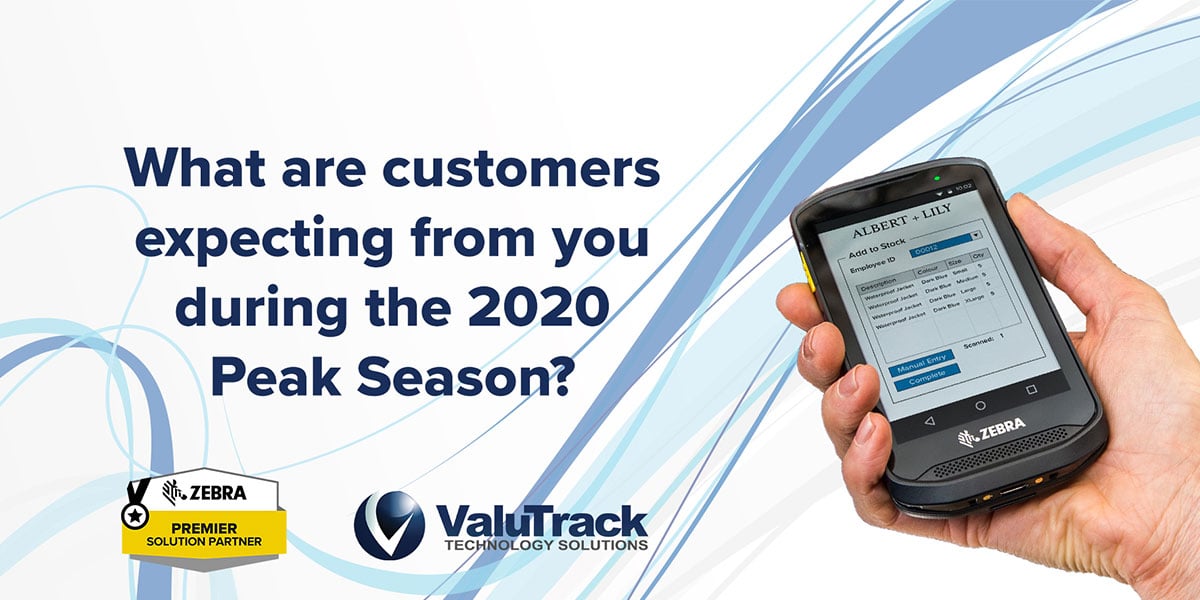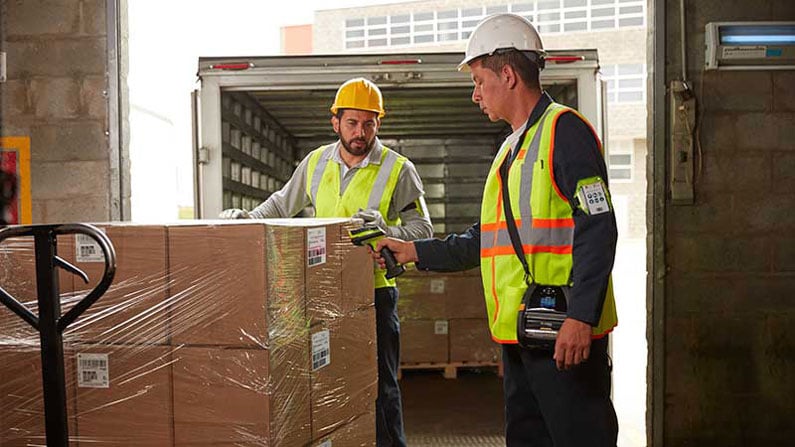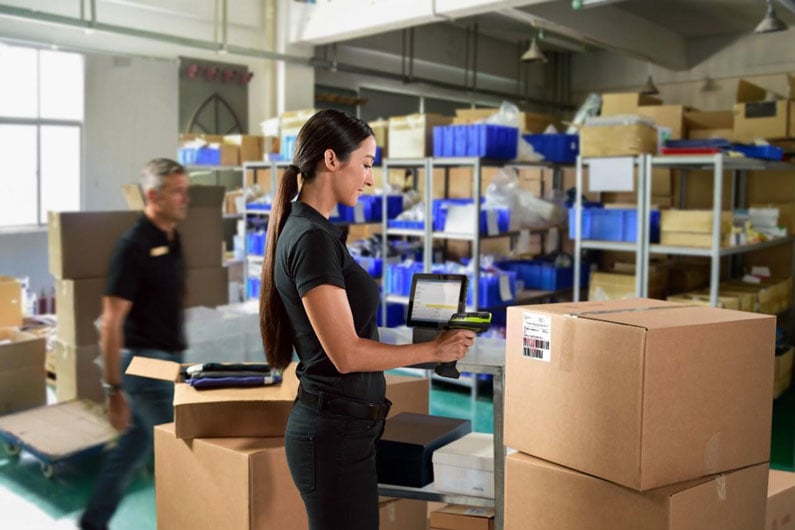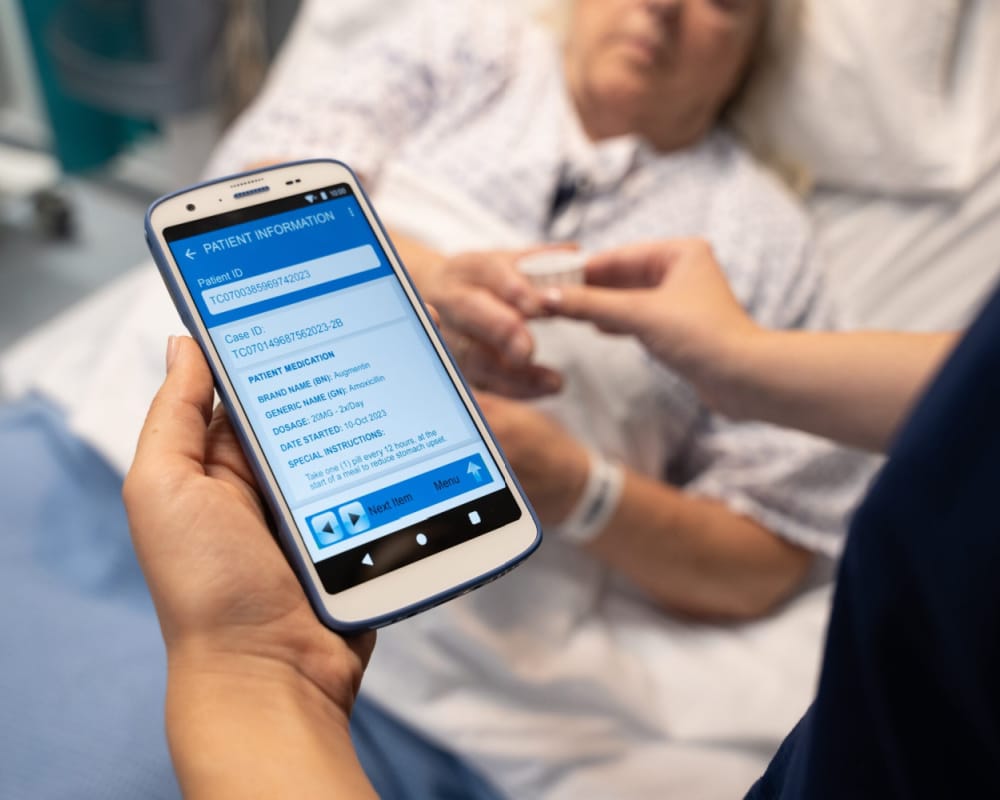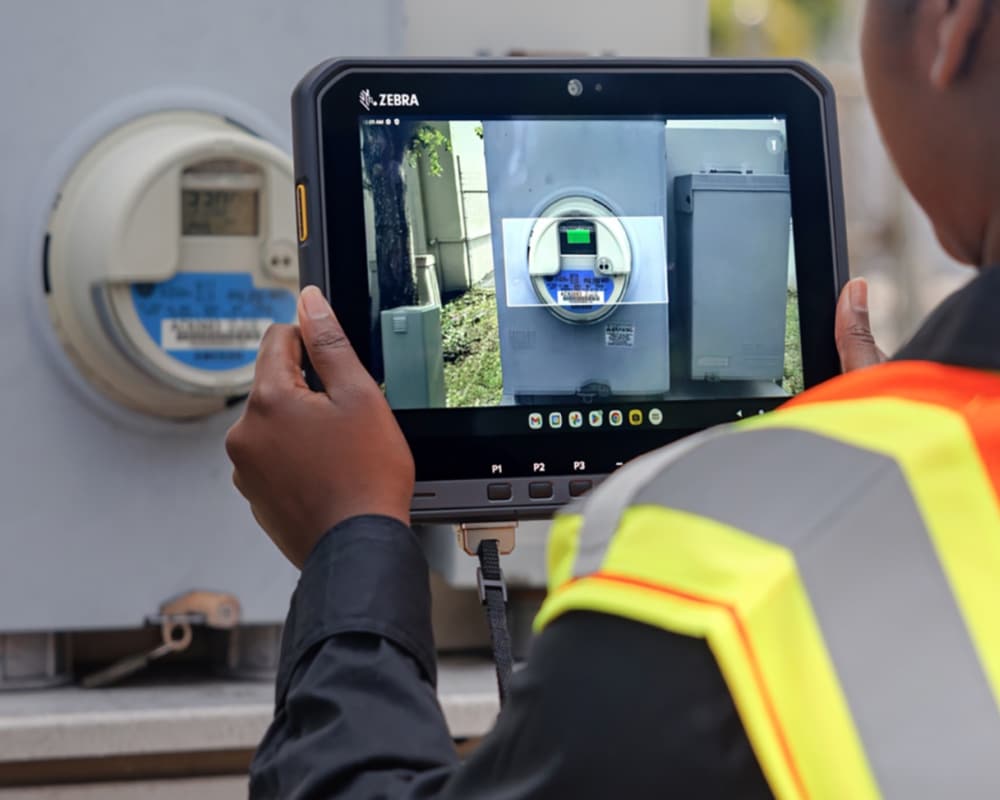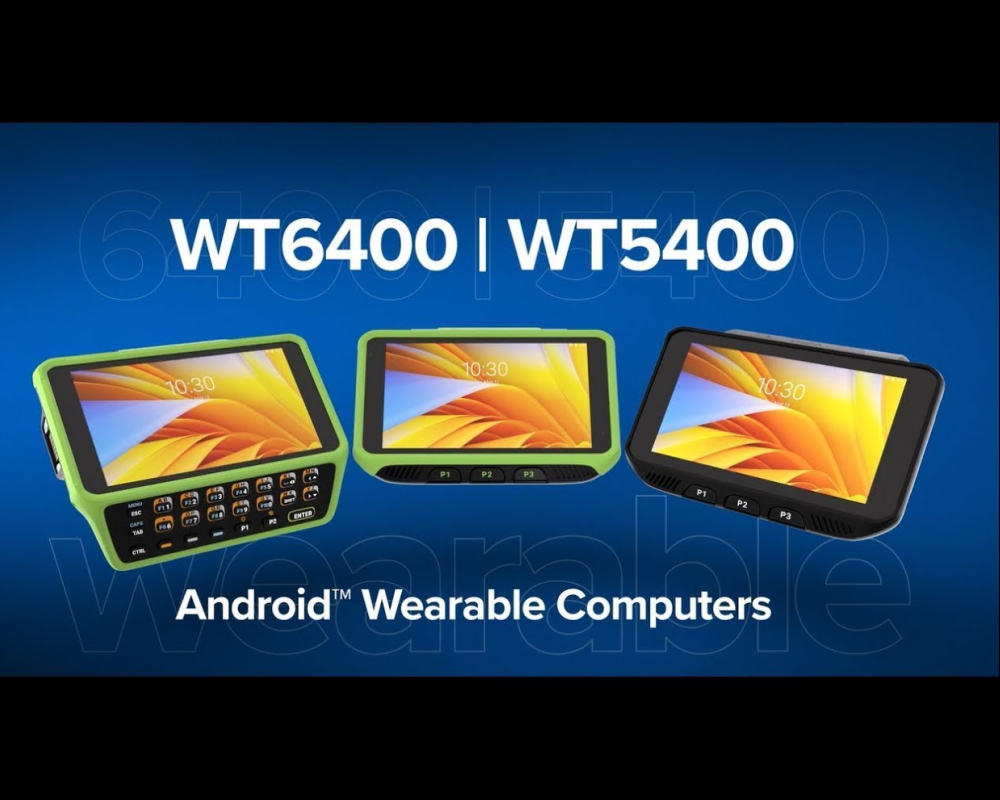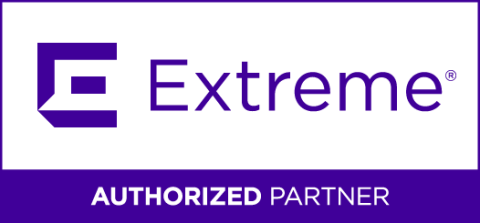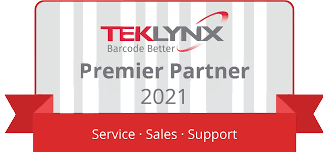In 2019, the holiday peak season yielded as much as $730 billion in online and in-store purchases. Needless to say, global changes have reshaped supply chains as well as customer expectations. In stark contrast to previous estimations of 2020’s peak season, today’s research shows that one out of three consumers plan to reduce spending, traveling, and contact with high-density areas.
However, despite these precautions, studies show that the high-demand for fast and accurate service has not diminished. As a matter of fact, over half of the retail executives have recorded an uptick in digital channels despite the global pandemic. Customers, whether few or many, still have high expectations, and in order to stay relevant in today’s changing environments, supply chains are adapting rapidly to them.
What are Customers Expecting this Year?
According to several leading manufacturers and technology providers, customer expectations have not relented within the past twelve months, leading to the following demands:
- Product Availability
- Product Variety
- Fast (and Free) Shipping
- Multichannel Shopping
- Customized Pick-up Experiences
Product Availability
Obviously, the product is the crucial component of business-customer relationships, yet shoppers report encountering stockouts (such as empty shelves, out-of-stock notices, and the like) in one of three shopping trips. Abandoned trips have cost retailers up to $1 trillion as customers turn to e-stores and competing shops to fulfill their orders.
Because stock-outs are commonly the result of poor inventory management, they can be prevented with reliable visibility and tracking solutions, such as:
- RFID tracking for real-time visibility
- Real-time locationing for in-motion stock and assets
- Actionable insights deployed onto team-member’s handheld
- Automated data capture to mitigate manual data entry
Product Variety
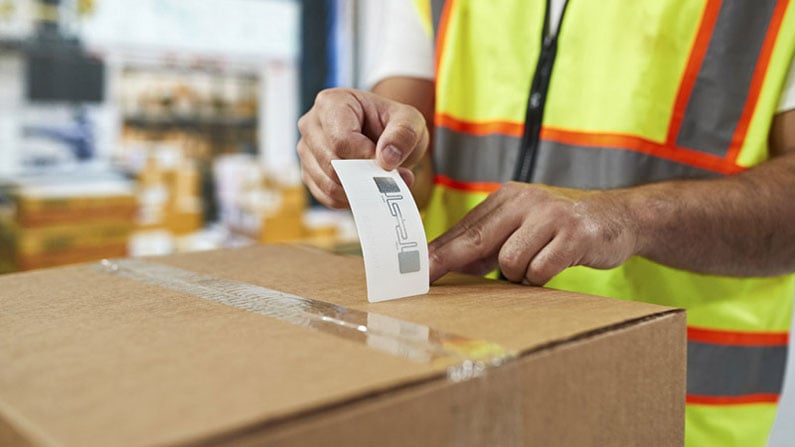
Leading stores such as Costco, Target, and Walmart report as much as 100,000 SKUs per warehous
Leading stores such as Costco, Target, and Walmart report as much as 100,000 SKUs per warehouse since they offer a wide variety of similar products to accommodate customer preferences. From foods to fashion to electronics, more and more brands have changed their products, which means teams now have more products to track.
Moving through a dynamic supply chain, your product must be accurately and readily identified to avoid mix-ups and misplacements. Consequently, identification labels must be sturdy and easy to read. As a Zebra Partner Premier Business Partner, we assist in creating durable labels that adapt to application and storage environments by allowing you to customize:
- Label size and color
- Composition
- Adhesive strength
- Surface coating
- Perforation options
Fast (and Free) Shipping
Although standard delivery times span between 5 to 9 business days, today’s customers expect faster delivery times, with 84% of them willing to pay extra for faster shipping. To meet tight deadlines, teams must operate with both accuracy and agility, two forces that often negate each other. However, thanks to innovative automation, such as mobile computing and high-speed connectivity, preserving accuracy in the midst of accelerated processing can be seamless and simple.
Enterprise-grade devices can help accelerate order fulfillment and storefront operations by empowering teams with:
- Intelligent scanning to successful capture even the most problematic barcodes
- Long-range connectivity to keep teams connected inside the four walls.
- Flexible networking that connects field teams with the rest of the supply chain
- A user-friendly interface like Android OS to expedite employee onboarding
Click here to explore Zebra Technologies’ full list of enterprise-grade devices.
MultiChannel Shopping
22.9% of last year’s peak season revenue stemmed from online purchases. This year, online purchases are expected to surge by 33%, contributing a record-breaking $189 billion to the retail economy as shoppers avoid mass gatherings in brick-and-mortar stores. Therefore, operations must be ready for both purchases and eventual returns resulting from online purchases.
To facilitate order processing and reverse logistics, intuitive software, productivity applications, and operating systems can help erase unnecessary complexities by:
- Eliminating additional keystrokes
- Aggregating multiple barcodes into a form at once
- Protecting sensitive data such as payment information and order history
- Monitoring stock levels in real-time to avoid sudden stock shortages
Customized Pick-up Experiences
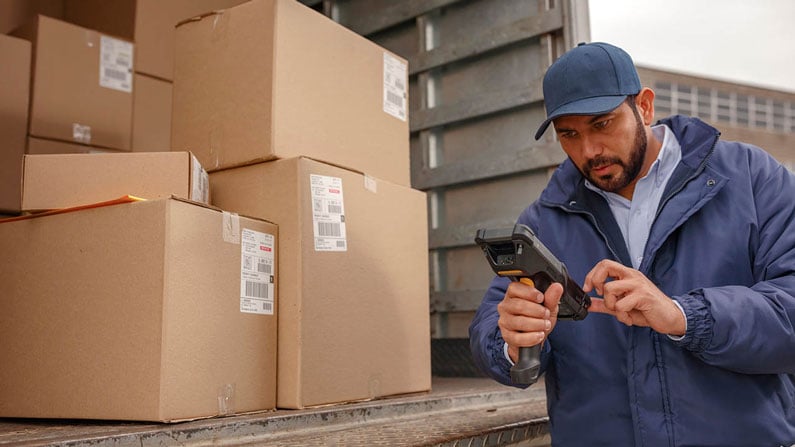
80% of customers expect to use buy-online-pick-up-in-store services
In addition to convenience and speed, customers are also preferring contactless services in response to safety concerns. As a result, about 80% of customers expect to use buy-online-pick-up-in-store services to avoid shipping fees and protect their health while purchasing products faster.
BOPIS and click-and-collect services have risen to popularity in order to serve these new needs. By integrating greater mobility and connectivity into your supply chain, you can:
- Receive updates from customers directly onto your handheld
- Notify customers of their orders’ status
- Lower in-store customer density to facilitate proper social distancing
- Shorten checkout lanes for faster in-store service
One thing is for certain: the retail landscape has changed. To get a closer look at the new changes reshaping the storefront, download Zebra’s new Annual Shopper Vision Study for better insights.
The modern market has changed, but ValuTrack remains committed to equipping you with solutions that set you one step ahead of change. Contact us today to see how you can modernize your workflow to meet the demands of today and tomorrow. To learn more, speak with a ValuTrack specialist at 877-484-8187 or [email protected].

